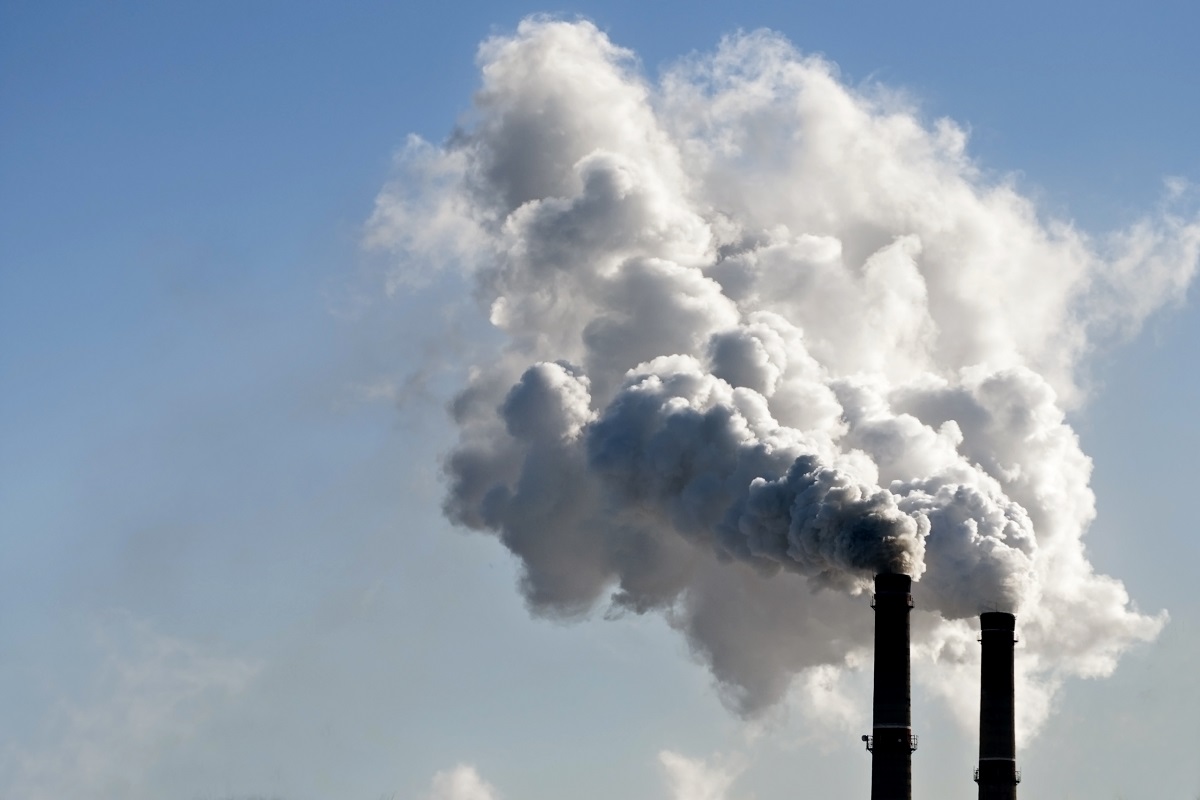On March 15, 2021, the EPA finalized revisions to the Cross-State Air Pollution Rule (CSAPR) Update to reduce downwind pollution from power plants. This action, in response to the Wisconsin v. EPA ruling by the U.S. Court of Appeals for the D.C. Circuit in September 2019, is expected to help downwind states meet the 2008 National Ambient Air Quality Standards (NAAQS) for ground-level ozone (i.e., smog).
The CSAPR update addresses the “good neighbor provision” of the Clean Air Act (CAA) regulating interstate transfer of ozone pollution. “Starting this summer, power plants in 12 states will be required to cut smog-forming emissions of nitrogen oxides (NOx) that contribute to unhealthy air quality in communities downwind by installing, improving or upgrading pollution controls,” according to the EPA.
The 12 impacted states that received reduced emissions budgets are:
- Illinois
- Indiana
- Kentucky
- Louisiana
- Maryland
- Michigan
- New Jersey
- New York
- Ohio
- Pennsylvania
- Virginia
- West Virginia
Per the EPA, impacted power plants are required to optimize “existing, already-installed selective catalytic reduction (SCR) and selective non-catalytic reduction (SNCR) controls beginning in the 2021 ozone season,” as well as install “or upgrade … state-of-the-art NOx combustion controls beginning in the 2022 ozone season.”
Impact of the Rule
Exposure to ground-level ozone is known to have adverse impacts on the respiratory system and to aggravate asthma and other lung diseases, all of which can be linked to absences from work or school, emergency room visits, and premature deaths.
The EPA estimates that the revised CSAPR “will reduce summertime NOx emissions from power plants in the 12 linked upwind states by 17,000 tons in 2021 compared to projections without the rule. Due to this rule and other changes already underway in the power sector, ozone season NOx emissions will be nearly 25,000 tons lower in 2021 than in 2019, a reduction of 19 percent. The reduction in emissions is estimated to prevent about 290,000 asthma events, 560 hospital and emergency room visits, 110,000 days of missed work and school, and up to 230 premature deaths in 2025. The public health and climate benefits are valued, on average, at up to $2.8 billion each year over the period 2021 to 2040.”
“EPA plays a critical role by working with states and the power sector to prevent pollution released in one state from harming the health and air quality of its neighbors,” said EPA Administrator Michael Regan. “[This] action … will not only help states meet their clean air obligations, but, more importantly, deliver cleaner, healthier air to millions of Americans starting this summer.”

